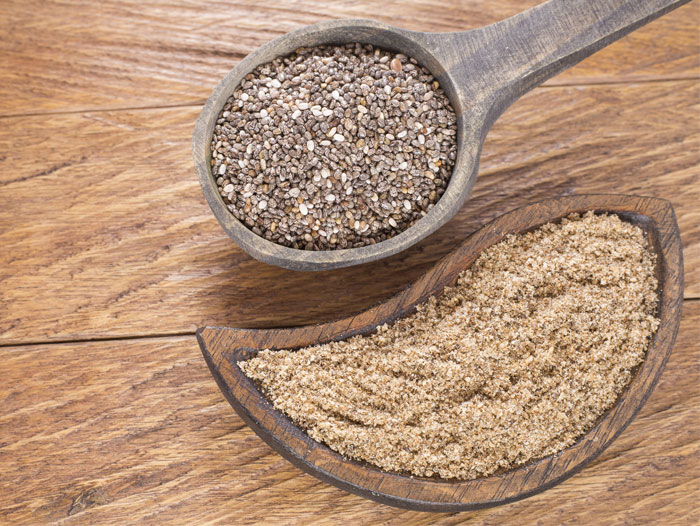With Alternative Grains, Consumers Can Have Their Cake and Eat It Too
December 24, 2020 | 1 min to read

Approximately 7 percent of the American population has celiac disease or sensitivity to gluten, a protein found in grains like wheat and rye. Similarly, 10-35 percent of all Americans are either diabetic or prediabetic, and thus must continuously monitor their blood sugar levels. People with these conditions must take care to avoid or limit their intake of foods that contain gluten or cause blood sugar spikes. They may even wonder if they will ever get to enjoy their favorite breakfast cereal, cookie, or cake again.
With the rising number of diagnoses and increasing awareness of the importance of a healthy diet, the consumer demand for options that are gluten free, low in sugar, and generally nutritious is higher than ever. Despite this growing interest in healthy foods, however, consumers may still find the existing selection very limited.
To address this issue, Sean Liu, research leader in the Functional Foods Research Unit in Peoria, IL, and his team explored new ways to elevate the nutritional value of the average consumer’s diet. In their research, they discovered that alternative grains could be the key to making foods both healthy and tasty.
To read the rest of the story, please go to: USDA ARS
